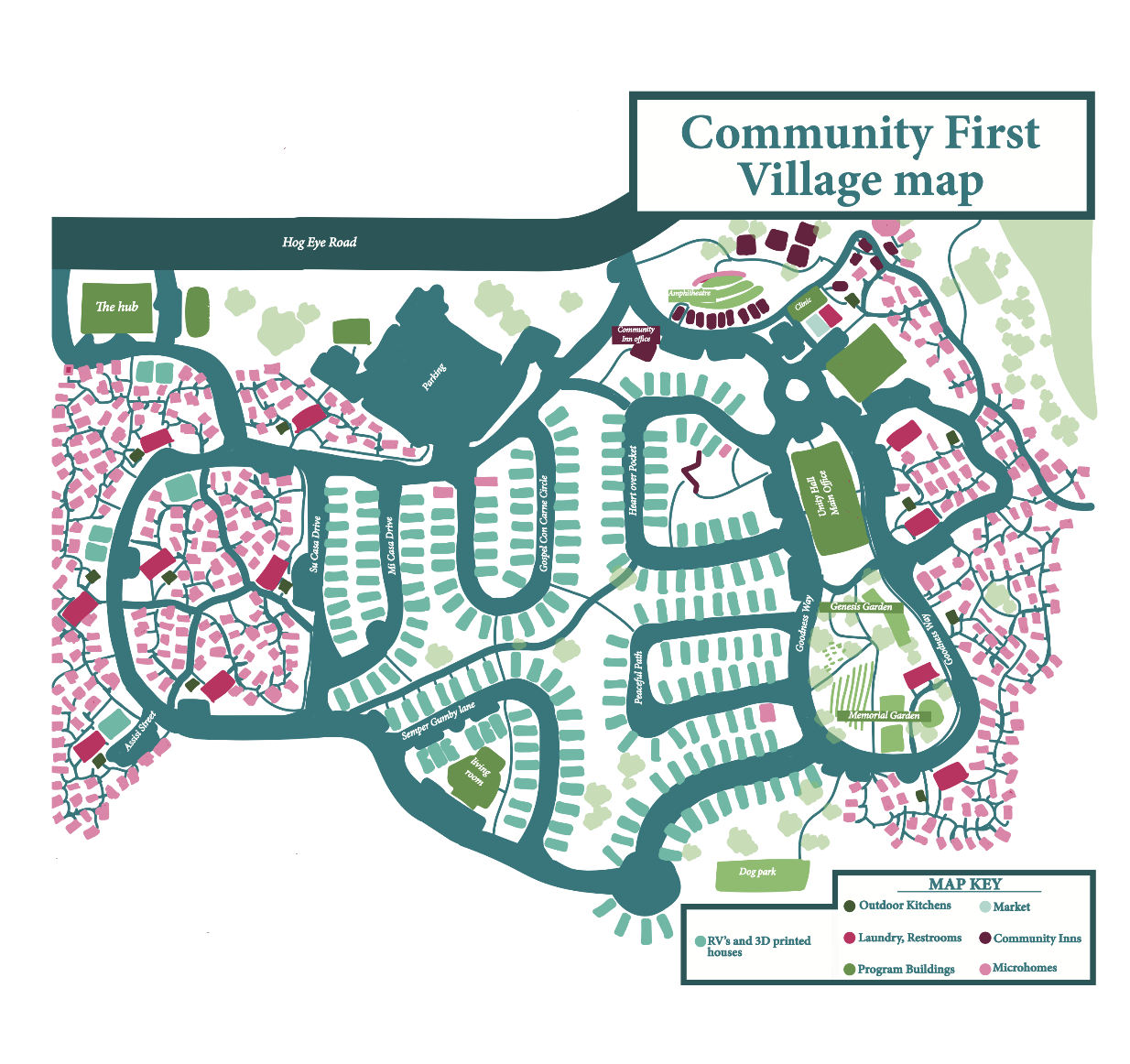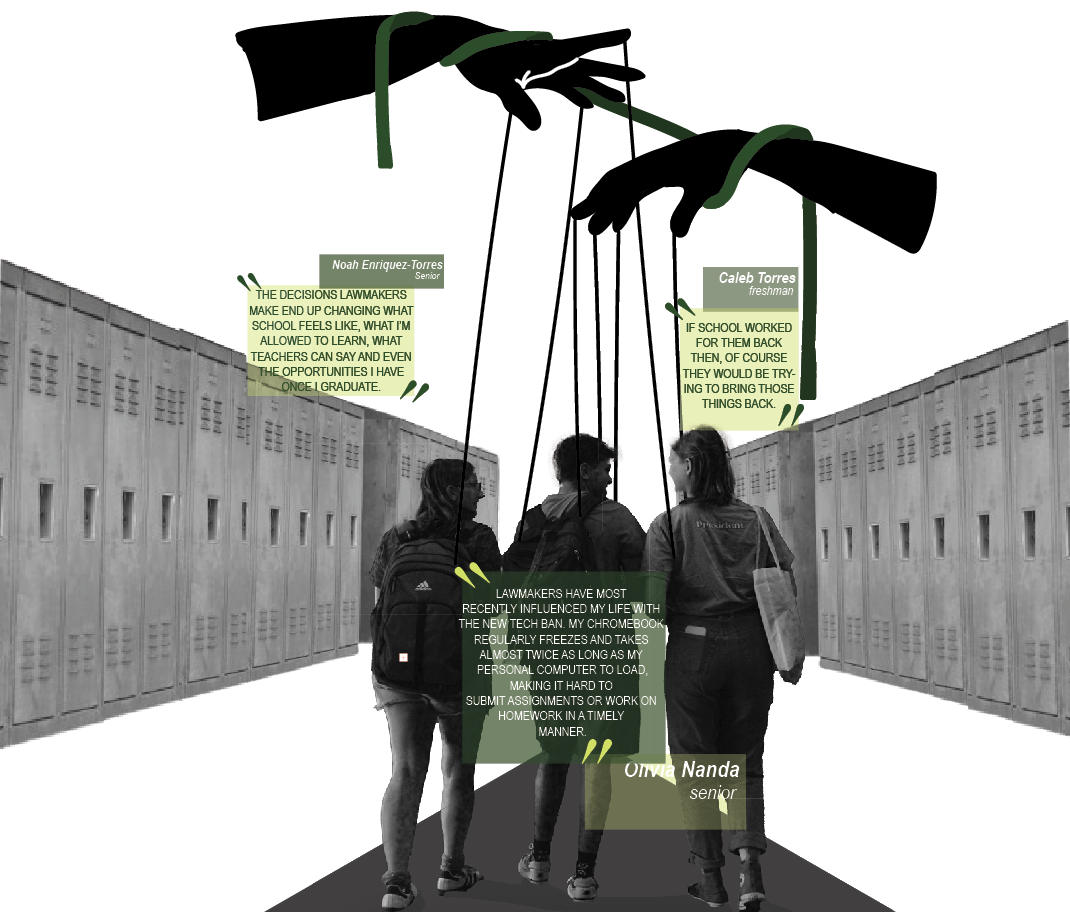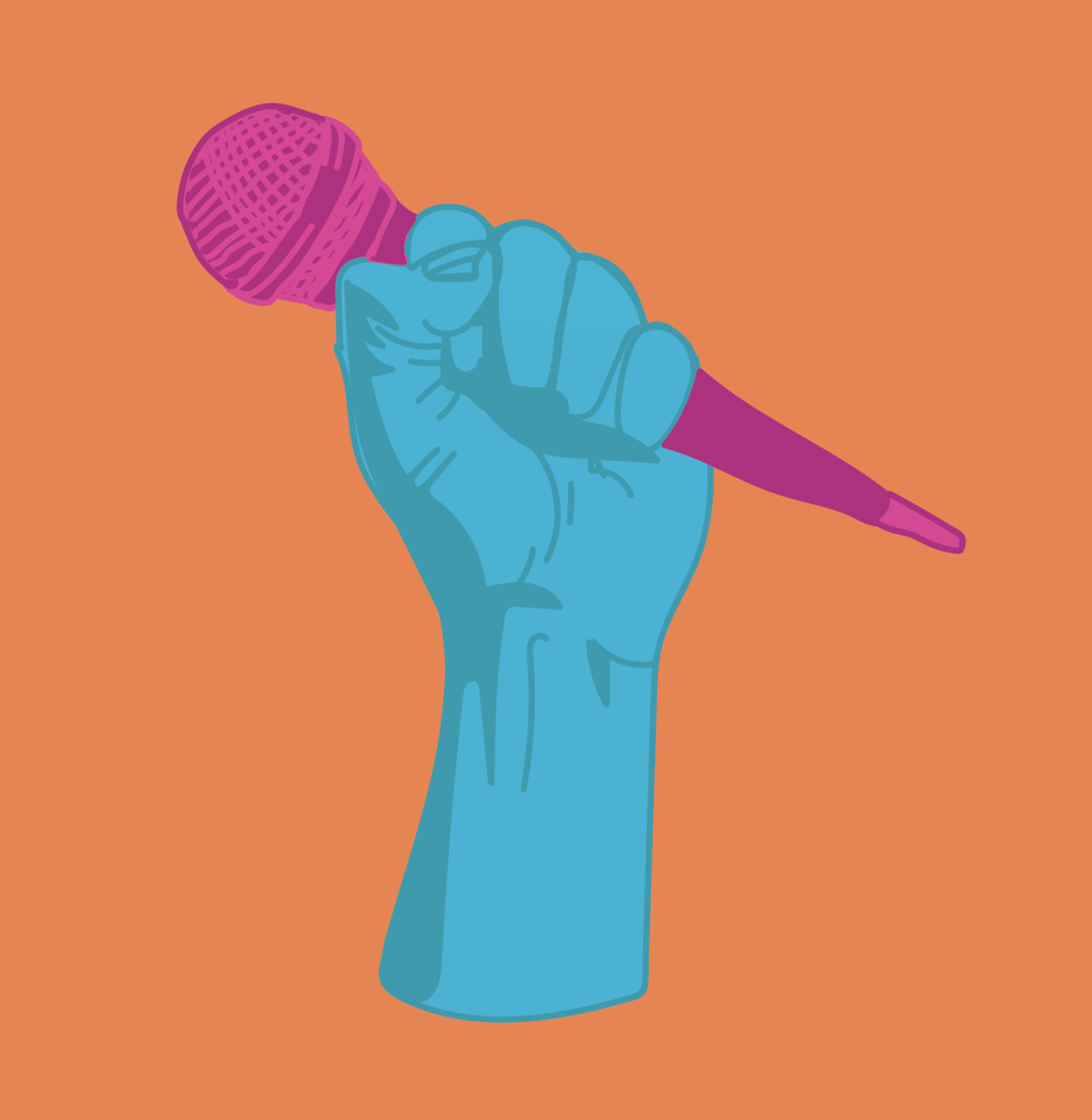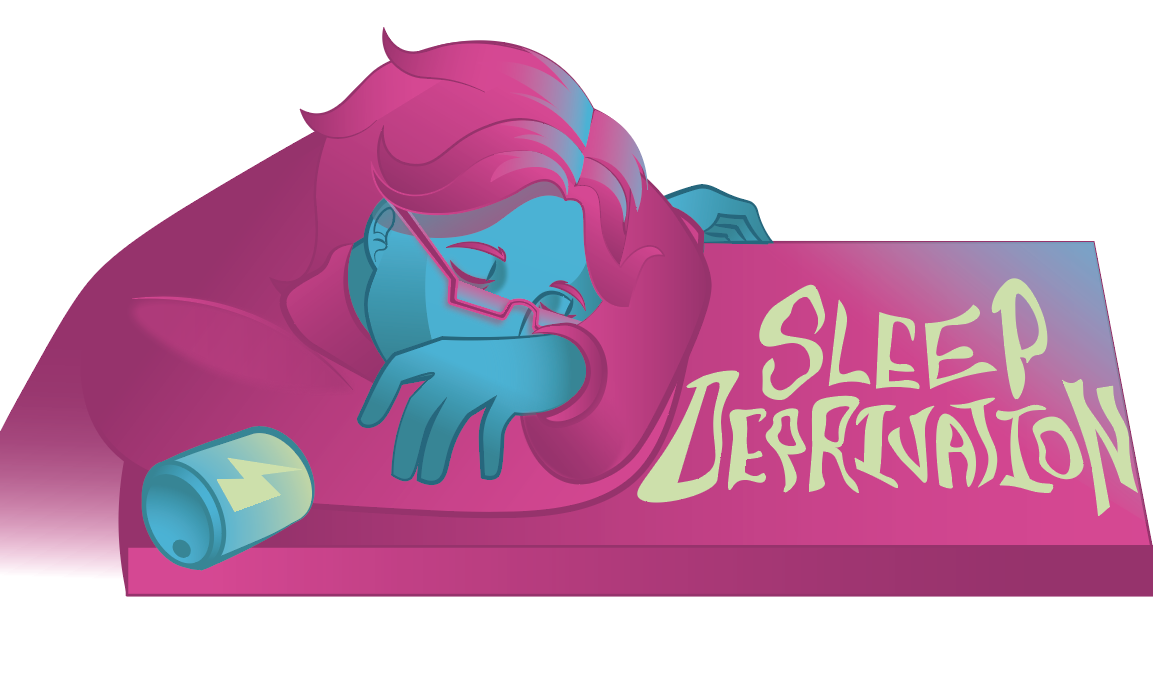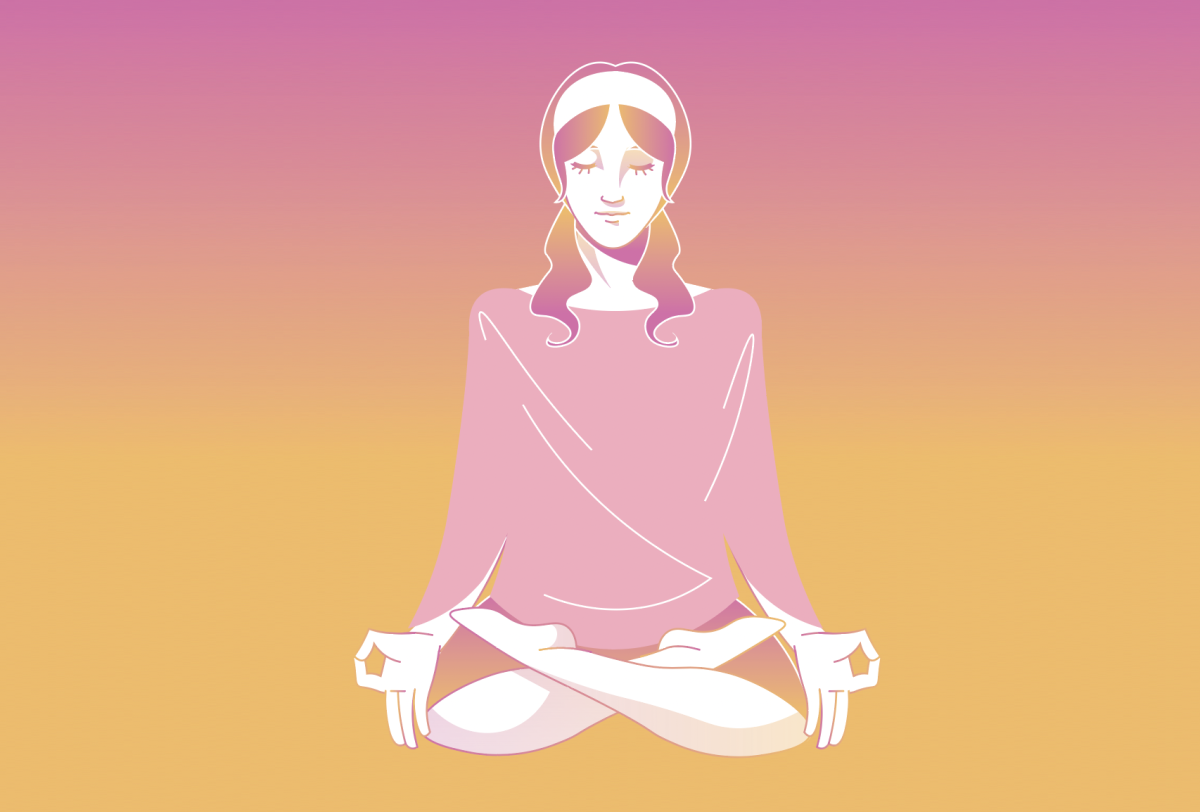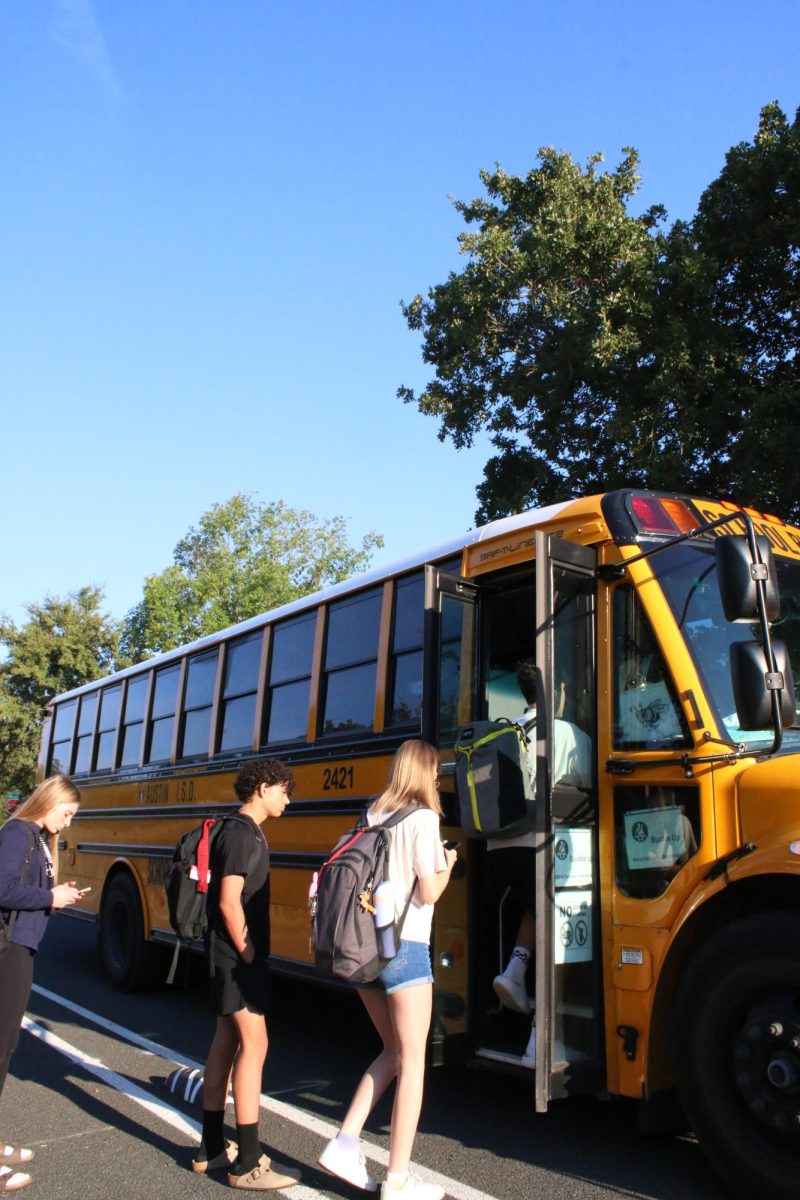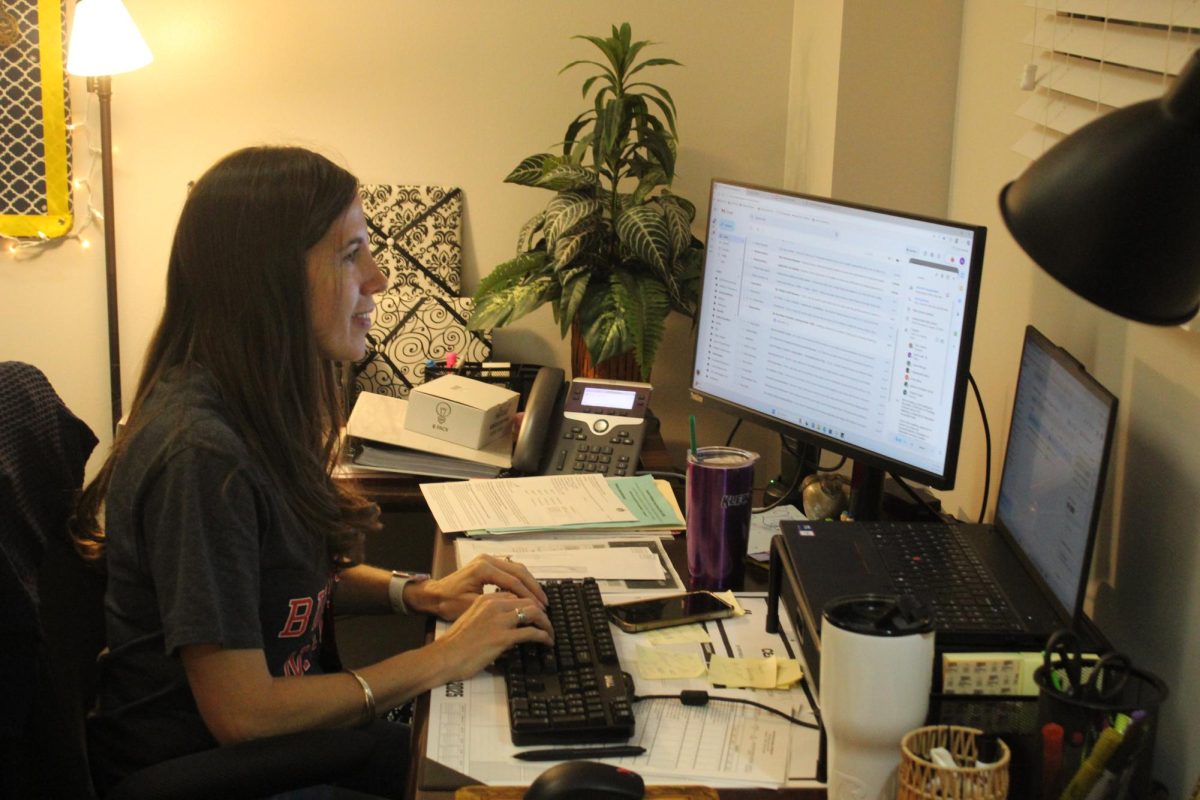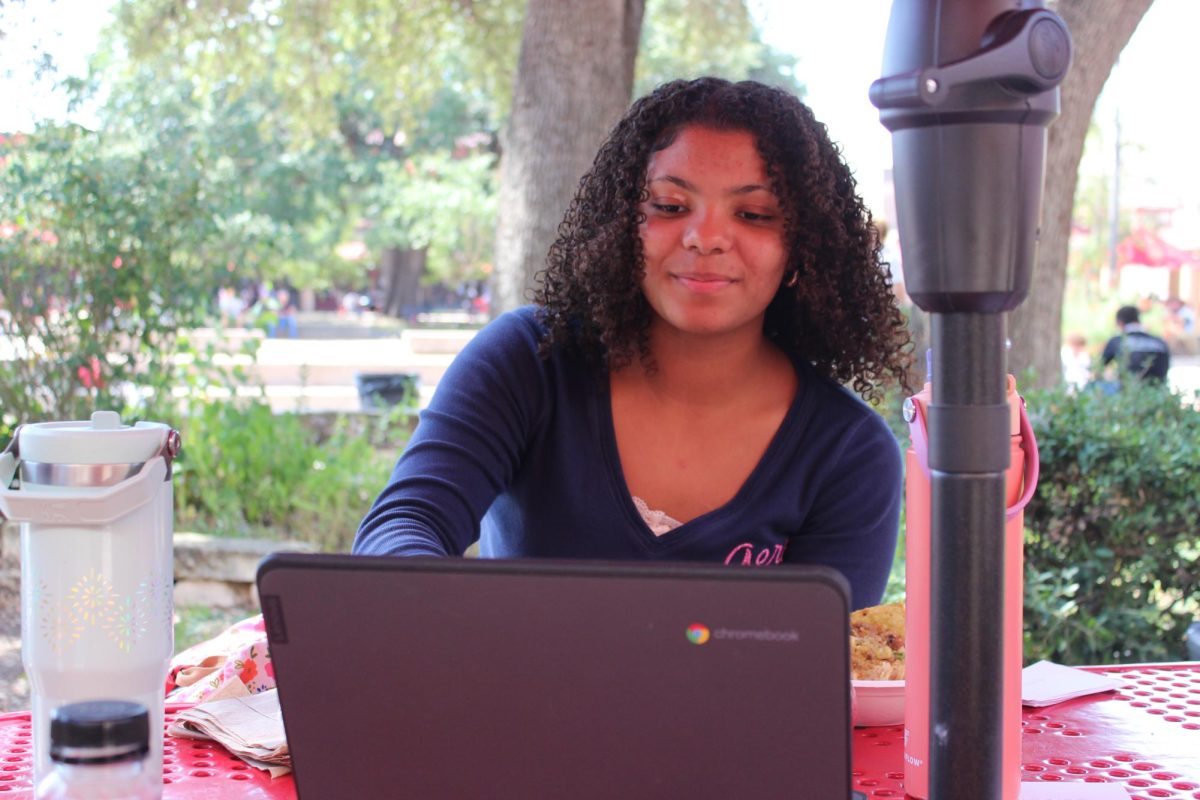Fostering hope for Austin’s homeless
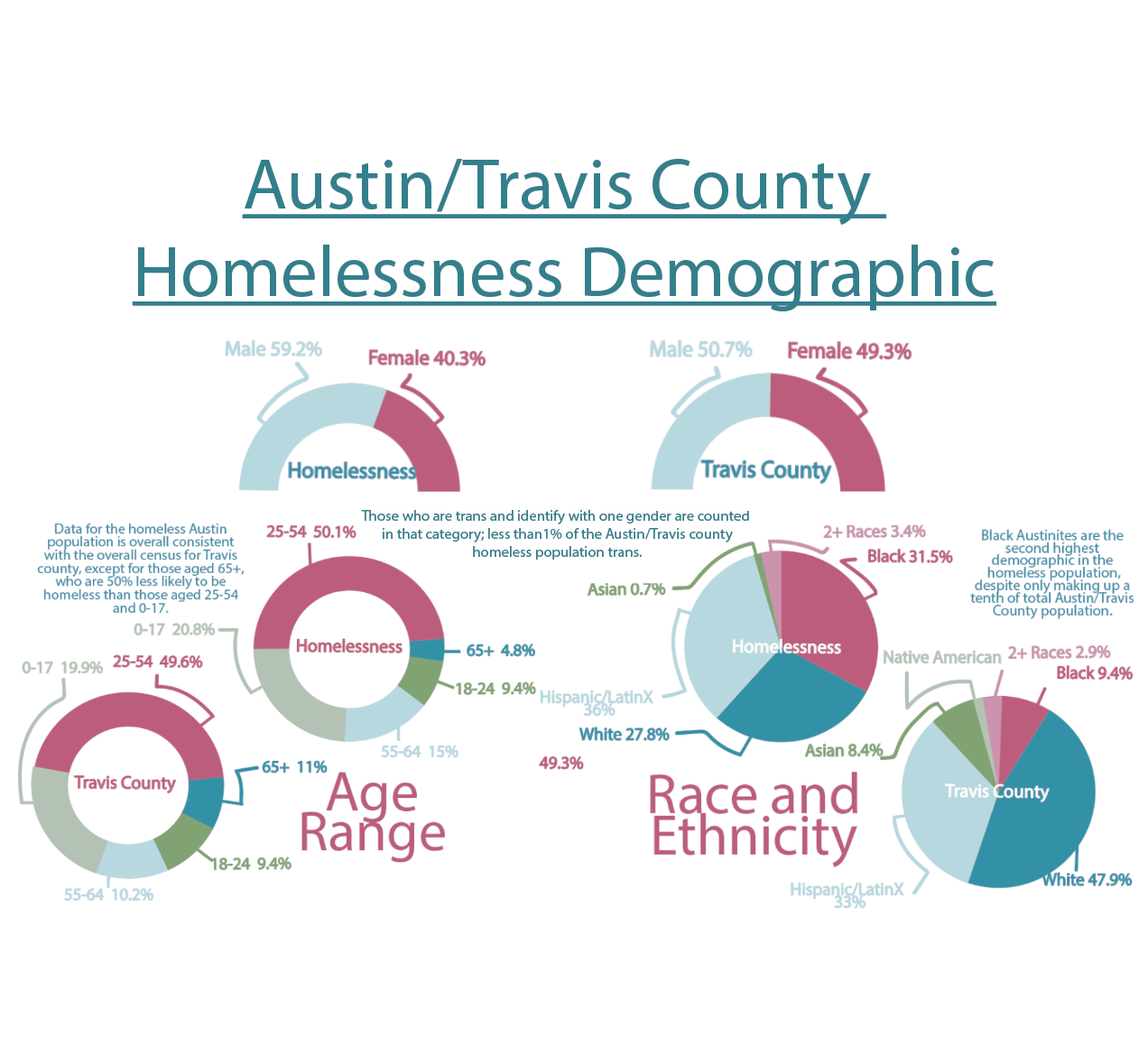
Driving through the bustling streets of Austin, a cluster of tents under low highways, or a shopping cart full of the basic essentials can be seen on nearly every corner. A young man with a crooked smile holding a sign that reads “anything helps” will be ignored by hundreds of passing cars.
Because homelessness is often hidden and fluid, it’s impossible to get a census of an exact number of homeless people in Austin. However, an estimation done in May of 2024 by the Homeless Management Information System put the Austin/Travis county Homeless population at 6,235. These individuals are forced to rely on Austin infrastructure and geographical features to find places to sleep.
“My dad has brought us to homeless camps on the streets and in the woods and other places,” senior member of National Charity League (NCL) Dacee Dinwiddie said. “Seeing that, it really opens your eyes.”
Those experiencing chronic homelessness in Austin end up on the streets for a variety of different reasons. The high cost of housing, low wages, and systemic racism are some common economic factors influencing homelessness in metropolitan areas. Some situational factors causing homelessness include domestic violence, growing up in foster care, and tragic loss of family.
“My neighbor, Dexter, I think has such an interesting story,” Community First Missionary Lori Nava said.”A lot of neighbors become homeless because they’ve been orphaned or they were in the foster system or something like that. Dexter grew up in Mississippi, and I think when he was eight, a tornado went through their neighborhood and it killed his mom. He had seven siblings. So, they all went and moved in with his uncle, but his uncle was like, I can’t take care of all of you kids. So, he became homeless really young after being in the foster system at a really young age.”
The Homeless Management Information System 2023 datum, also shows that 11% of all homeless individuals in Austin are veterans, while 10% are unaccompanied children between the ages of 12-24. Additionally, 86.9% of homeless individuals are out on their own without family.
“Some people think that they did it to themselves, so they shouldn’t really need help if they put themselves there in the first place,” senior NCL member Harriet Lewis said. “Sometimes people can’t really control it. Maybe if you help them, they might be able to have a new start.”
Having access to basic amenities can sometimes be difficult for those who are homeless. Several businesses in Austin only allow paying costumers to use their restrooms, and often require a key to do so.
“When I have gone on with Mobile Loaves and Fishes, they do a street retreat,” Nava said. “When you go on the street retreats you don’t take a cell phone, you don’t take a wallet, you don’t take anything except you can take a backpack with some water. You basically try to figure out how a person who’s experiencing homelessness might do it. And one of the craziest things to me and the most kind of anxious thing that I was experiencing was that nobody would let you go to the restroom anywhere. And I wasn’t homeless. I probably looked kind of sweaty that day because we’ve been walking all day, but if you didn’t pay for your drink or your snack, they weren’t going to let you and use your restroom.”

Working towards preventing and ending homelessness was listed as a top priority in Austin’s Strategic Direction 2023, according to AustinTexas.gov. Under current Austin Policy, camping in almost all public Austin areas is a class C misdemeanor.
“I feel like the city should work more to make more homeless shelters and to make sure that more people are being treated fairly and brought in, instead of just treated like they are not important, that they just need to move out of the way and get out,” Dinwiddie said.
An individual caught camping on public property can be fined for disobeying the current law. Most often though, those getting ticketed don’t have enough money to pay for the ticket, as not having a permanent address prevents most people from getting a job.
“You’re creating this cycle that just never ends,” Nava said. “If they don’t pay the ticket, then they get a warrant and they go to jail. And you could just never end this cycle because they’ll get out of jail. They still don’t have a place to live, they still don’t have a place to work, they don’t have any money. Then where do they go?”
Though the Austin Strategic Direction has the intention to prevent and end homelessness, there has been no sufficient data proving an decrease in homelessness as a result of the no camping law since its enactment in 2021.
“Mobile Loaves or Community First work really closely with a lot of the community partners that are also trying to do the same work in the city and in the state to try to get to the bottom of why this is happening,” Nava said. “How does this keep happening? How can we get to the root cause? How can we prevent it or how can we help them to not be homeless and continue the cycle of homelessness and how can we support them?”
Because it’s hard to gather data about causes of homelessness, making progress towards lowering the homeless population can often prove difficult at the city level. However, there are a number of resources at an independent level that can help make the lives of those who are struggling with homelessness easier.
“My dad’s friend who was homeless brought us to this real homeless camp, and we went to the one in the woods off of 290,” Dinwiddie said. “There was this woman, and she was genuinely one of the sweetest people I’ve ever met. Something about homeless people, they are just so genuine, because they are so grateful for a lot of the things you give them. They’ve just been used to not having the life they wanted and having to work very hard for the things that they need.”
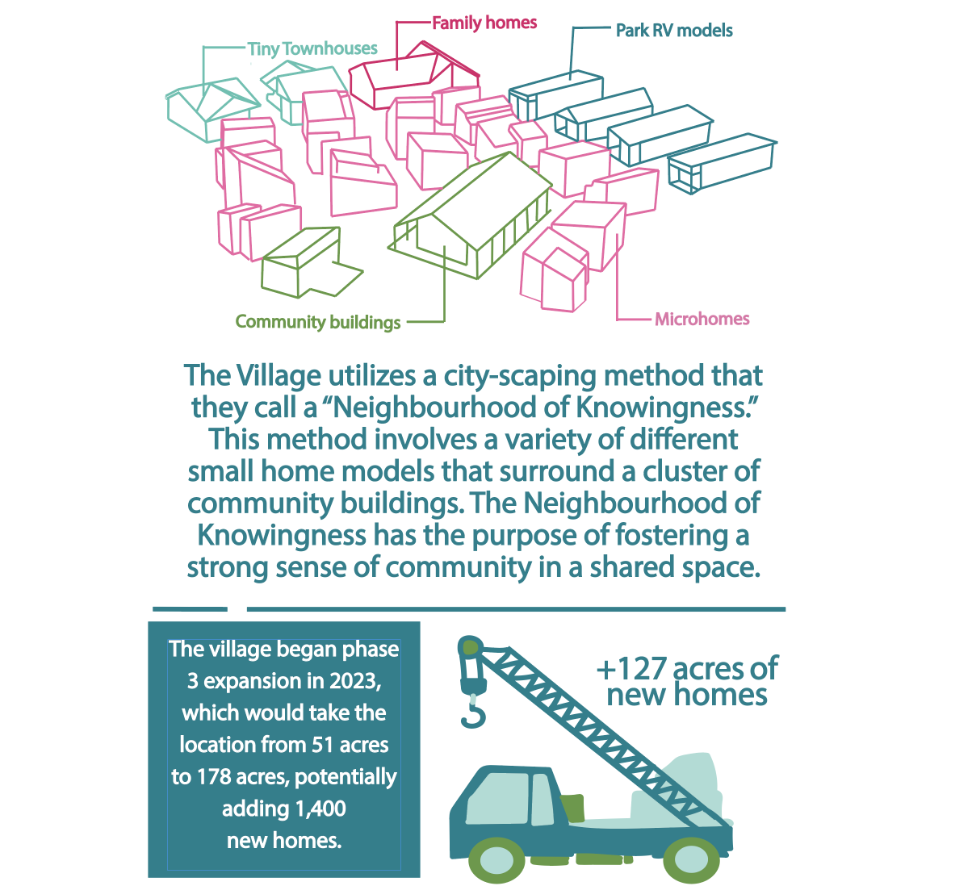
There are several resources available for those homeless in Austin. Some examples near the south Austin and Travis County area include the Central Texas Food Bank, Sunrise Navigation Center, and Mobile Loaves and Fishes.
“Working with the Central Texas Food Bank is a really easy way to just be there for someone when they don’t even know who you are,” Dinwiddie said. “You can do either the kitchen or the warehouse. I always do the warehouse.”
Mobile Loaves and Fishes is similar to the Central Texas food bank in that they work to provide meals and other necessities to those living on the streets. However, Mobile Loaves and Fishes is the parent organization to a housing project located in North Austin called Community First Village.
“They are an affordable housing community that is aimed at assisting people with disabilities who are experiencing chronic homelessness,” Nava said. “They have various means of support in the community and beyond, whether it be addiction recovery or on-site health services, navigation, ride transportation to and from the grocery store, to and from the hospital, to and from the doctor’s office, the eye doctor or whatever it might be. As well as different community partners that are on site that help them to navigate the stamp program like food stamps or trying to find a job or trying to get Medicaid or dental services.”
Ute (Oo-ta), a current Community First Resident, (whose name is withheld for privacy reasons) moved to America from Germany with her husband of 20 years, Michael.
“We’ve been here about eight years now,” Ute said. “We spent 10 years being homeless before we got the chance to move to Community First. We were very happy, I can’t even describe the feeling. It’s overwhelming.”
Community First offers resources to residents to find jobs, get counseling, and work on things around the village. The Village has an art studio where residents get access to art supplies with which they can make, and sell, their own art. During her time living at Community First, Ute sold a $10,000 clay chess set that allowed her and her husband to purchase a car.
“Painting was my medium, but when I moved here I found out that I can do things with clay,” Ute said. “The studio is open everyday, so I go there everyday. If I don’t have an appointment, or have to go shopping. I go in the morning, then I take a lunch break, and then I go again in the afternoon.”
Community First currently houses over 370 formerly homeless residents, and is currently under construction for phase three of the Village’s expansion project. This Project will add 1400 new homes to the property, bumping their housing capacity to 1900.
“People come from all over the US and even overseas to come and look at this concept and how it is done,” Ute said. “They come here and take seminars, they stay like three days. People want to duplicate it in other parts of the country and in other parts of the world. We had people from Dubai, from Brazil, people from Germany. I think it’s the best idea anyone ever had.”
Although Community First has a unique model that has been successful in helping many get off their feet. Sometimes progress comes from small actions of inclusivity, making a difference isn’t always at the largest scale possible.
“Just make eye contact with the people you see on the street,” Nava said. “Imagine being outside for eight hours a day and no one will look at you. That is terrible. Look at them in the eye and smile or wave. That is probably more valuable than the quarters that people are giving them and not making eye contact. You can start there. It doesn’t have to be this big grandeur thing.”
On the official Mobile Loaves and Fishes website, creating a supportive community for those coming out of chronic homelessness is a core mission of Community First. Nava says that she makes a point to remind those visiting Community First that the simplest thing they can do to support those who are homeless is to get to know them and treat them like you would anyone else.
“Community is acceptance,” Ute said. “Love your neighbor even if you sometimes feel they’re not that lovable. You know, we all go through our emotions and we all have problems, and it’s better to love than to hate.”
Your donation will support the student journalists of James Bowie High School. Your contribution will help cover our annual website hosting costs. Any contributions made through this service are NOT tax deductible. If you would like to make a tax deductible donation OR to subscribe to our print edition, please contact us at [email protected].


